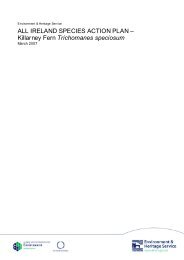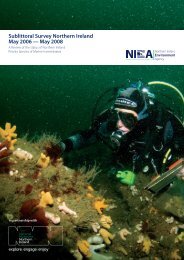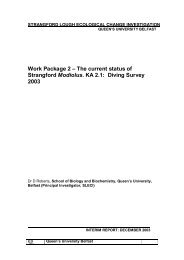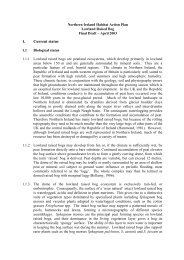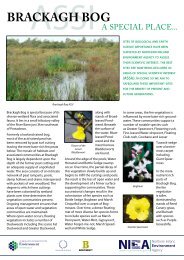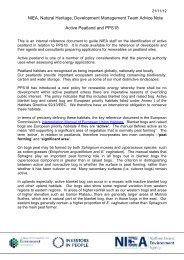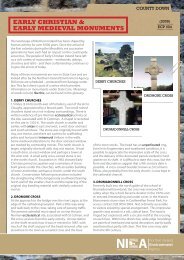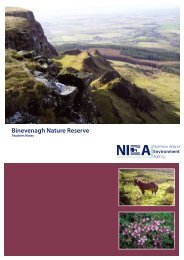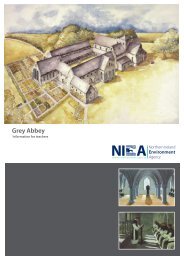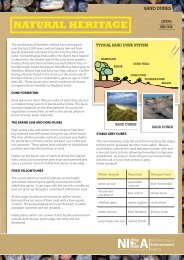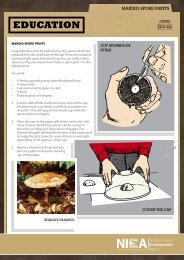Municipal Waste Data Monitoring and Reporting: Interim Guidelines
Municipal Waste Data Monitoring and Reporting: Interim Guidelines
Municipal Waste Data Monitoring and Reporting: Interim Guidelines
Create successful ePaper yourself
Turn your PDF publications into a flip-book with our unique Google optimized e-Paper software.
E2 HM Customs <strong>and</strong> Excise Notice LFT1<br />
A general guide to l<strong>and</strong>fill tax<br />
February 2000<br />
4 Calculating the weight of waste<br />
4.1 Sites with a weighbridge<br />
The basic method of calculating the weight of waste is by weighing it at the time of<br />
disposal. If there is a weighbridge at your l<strong>and</strong>fill site, we would expect you to use<br />
it. Weighbridges used at l<strong>and</strong>fill sites to calculate weight for the purposes of the<br />
l<strong>and</strong>fill tax must comply with the relevant Weights <strong>and</strong> Measures legislation.<br />
You can ask your local l<strong>and</strong>fill tax officer to agree an alternative method of<br />
calculating the weight if:<br />
• using the weighbridge would involve a costly change to your current<br />
practices (for example because the waste does not normally pass near the<br />
weighbridge); or<br />
• your weighbridge has broken down.<br />
4.2 Sites without a weighbridge<br />
If there is no weighbridge at your site, you can use one or a mixture of three<br />
specified methods of calculating the weight of waste. Details of the specified<br />
methods can be found in paragraph 4.3 below.<br />
If you cannot operate a specified method you can propose another method (a<br />
"bespoke method") to your local l<strong>and</strong>fill tax officer. You must be able to satisfy the<br />
officer that this will produce a fair <strong>and</strong> reasonable calculation of weight. Once<br />
satisfied the officer will agree in writing <strong>and</strong> normally this agreement will run for<br />
12 months. You must notify us of any changes to your business practices which<br />
will affect the reliability of this method. You must also notify us if you wish to<br />
change from a bespoke method to weighing the waste. On occasions we may wish<br />
to have an independent check (for example by test weighing loads) on the accuracy<br />
of the method used. In addition you must, of course satisfy the Weights <strong>and</strong><br />
Measures legislation.<br />
4.3 Specified methods for sites without weighbridges<br />
The legal basis for specified methods is contained in regulation 43 of the L<strong>and</strong>fill<br />
Tax Regulations 1996. The conditions specified in this notice have the force of law<br />
under those Regulations <strong>and</strong> remain in force until withdrawn by a further notice. If<br />
you wish use any of the specified methods below you must abide by all the<br />
conditions specified under each method.<br />
You can use the specified methods without the agreement of your local l<strong>and</strong>fill tax<br />
officer. You do not need to notify us that you have started to use a specified<br />
method unless you wish to:<br />
• change from a bespoke method prior to the expiry of the current agreement;<br />
or<br />
• agree a bespoke method as well.<br />
However, once you have started to use a specified method you will not normally<br />
be allowed to change it except at the end of any complete year of operating it,



